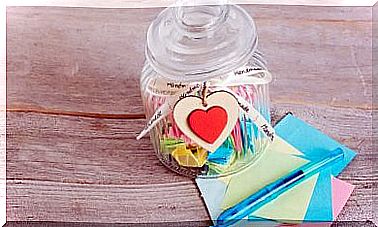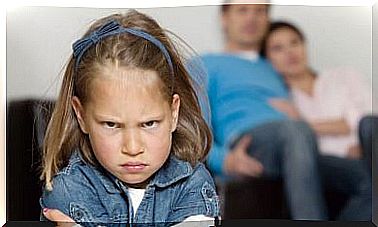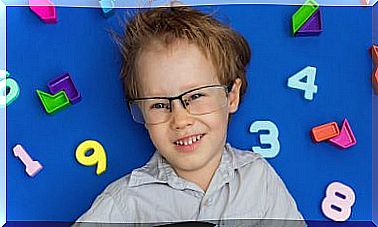There Are Alternatives To The Thinking Corner, Get To Know Them

The corner or thinking chair technique is a behavioral discipline strategy that became very popular thanks to the Super Nanny program, although it is known that it was used before, only that it was previously seen as a severe punishment and was carried out without other end than to make the child feel punished for something negative that he has done.
It is obvious that a child of one or two years of age is not going to reflect on many deep things. When you send him to the thinking corner, the only thing he will understand is that when he does something wrong his parents do not want him around and this is the least sought after result.
It is possible that the child understands that when he does something wrong his parents do not want him, simply. That type of punishment that consists of isolating the child gives a message of conditional love, “I only love you if you behave well” with the consequent feeling of insecurity that this causes.
It should be taken into account that in the vast majority of cases, especially in younger children, they do not have absolute control over their actions and they would be being punished for something that they cannot really control and therefore that will generate a feeling of frustration that completely diverts their focus from the behavior and will put it on your reaction.
When the thinking corner works it is because your child wants your approval and your love above all things and he also has some control over his actions. If you don’t have it, the corner is not going to work in any way.
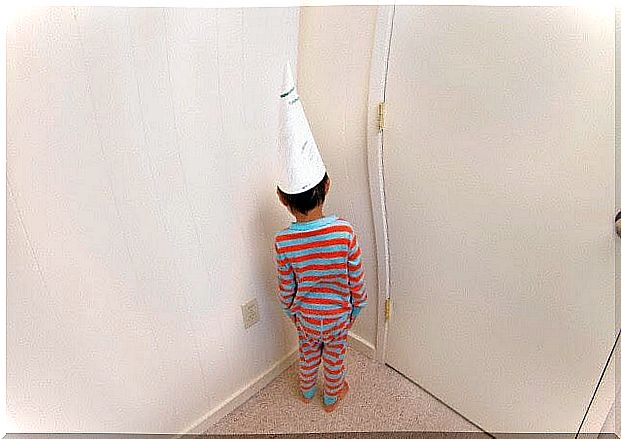
Perhaps you do not feel comfortable using your love as a reward, as if it were something that has to be earned instead of being something that you deserve for being born, something perennial, stable, eternal, invincible as it should be in a healthy relationship.
There is an alternative that allows the child to regain control, think about the behavior, and look for alternatives, and all this from the foundation of the unconditional love of their parents.
The corner to connect
The connecting corner is based on recognizing when the child needs to regain control and get him out of the situation he is in, just like the thinking chair. The difference is that in this case he does it accompanied, either by his parents or another by the attachment figure.
It can be understood in a similar way to the peace table that is popular in the fields of Montessori philosophy, with the difference that the child goes to the peace table voluntarily and can choose whether to go alone or not.
In the connecting corner, it can be the adult who sees the need to go, and the child will always be accompanied.
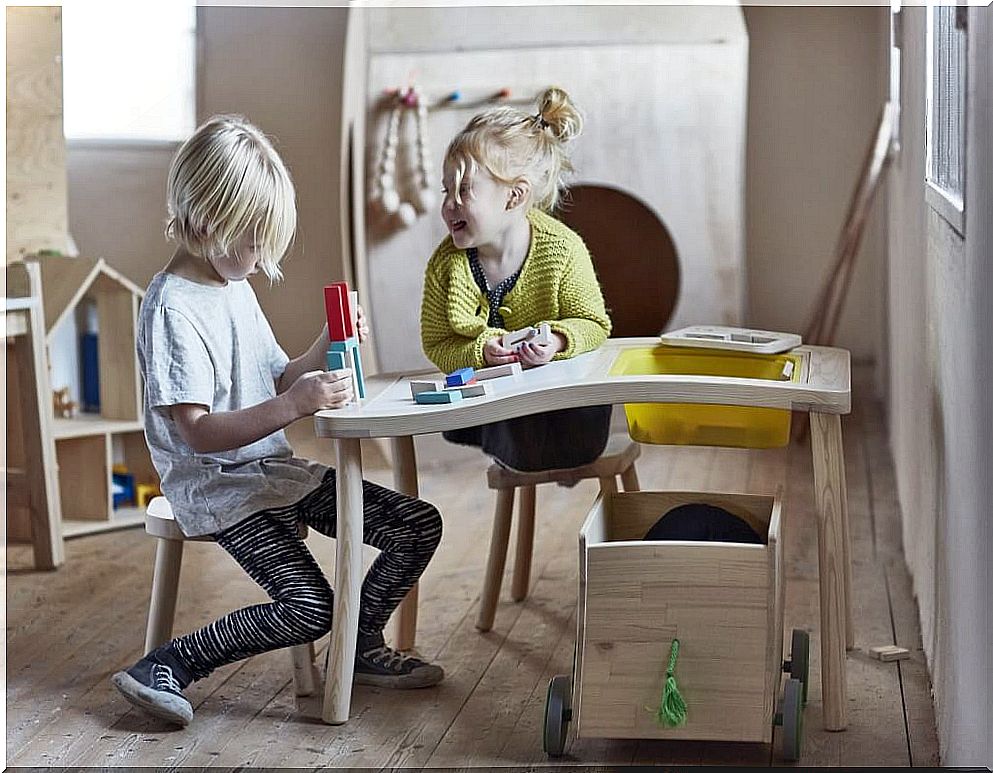
Another difference is that the peace table is usually a physical place, usually a table as the name suggests, and if it is not that, at least it will be a drawer or a shelf located in a quiet part of the house. The “connect corner” is actually nowhere.
It has been so called to contrast it with the thinking corner, but in this case it is not limited in any way to any physical location.
The connecting corner can be a park bench, it can be your bed, your backyard, or any other quiet place that you think might be right for you. The connecting corner can be anywhere you and the child are doing some activity together that helps them calm down.
What kinds of activities can be done in the connecting corner?
The ones that come to mind as long as they are activities that help you regain control. As a suggestion you can tell stories, draw a picture, tear paper into tiny pieces, jump, scream, run very fast, breathe very deeply, observe the leaves of the trees, watch the belly rise and fall when we breathe, listen to the heartbeat of the adult, drink water, eat something; the range of possibilities is wide.
Once he has calmed down and you see that he has regained control, you can talk to him about what happened. Try to use neutral language, without accusing or victimizing. Together they can look for alternatives to act differently in the future. You can also try to get the child to come up with ways to rectify what they did wrong, if that’s the case.
Why is this option better than the thinking corner?
Mainly because it is not based on isolation and disconnection between the child and his attachment figure. Second, because it really provides tools for controlling emotions and reflecting on behavior. And it does this while protecting and strengthening the family bond.

